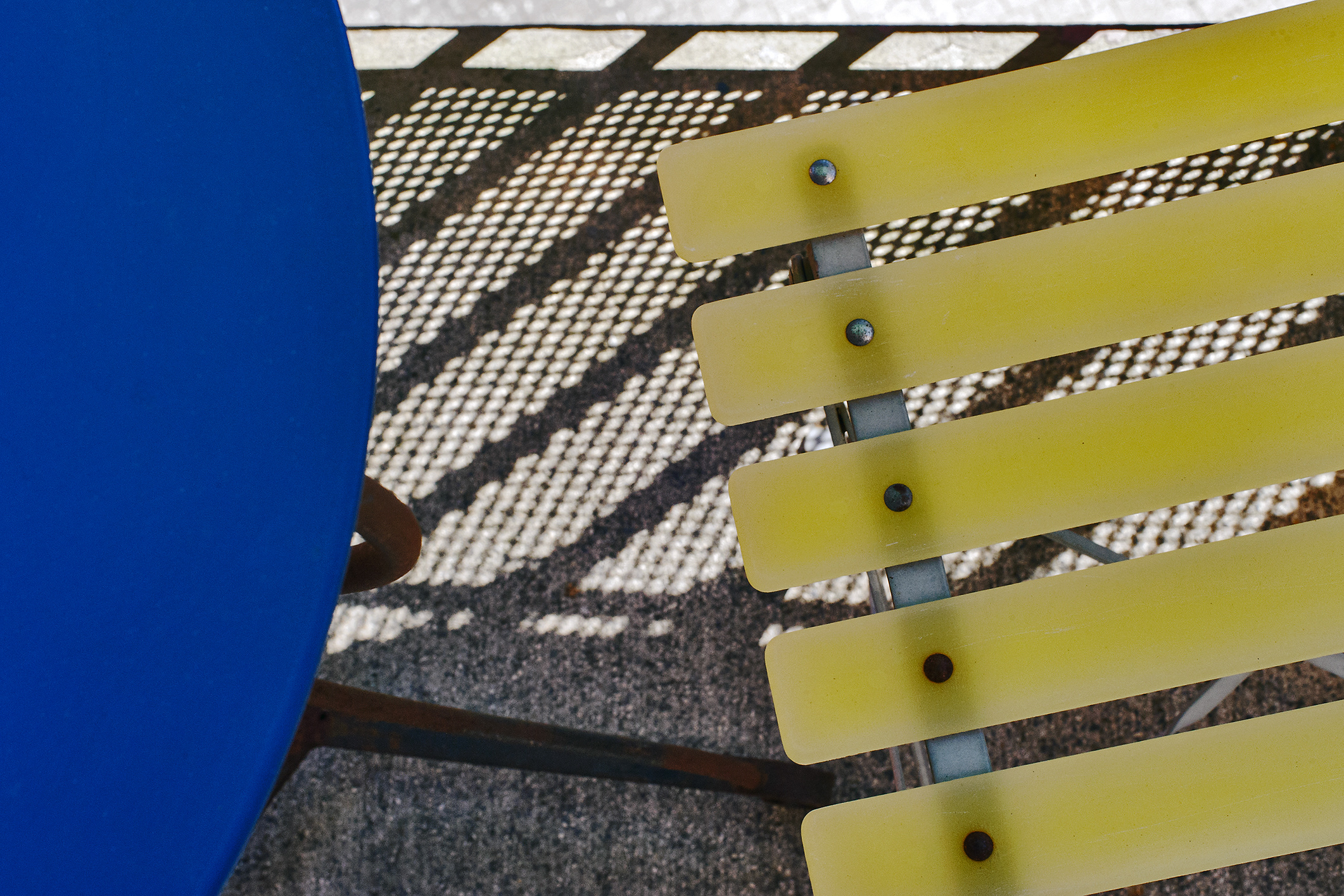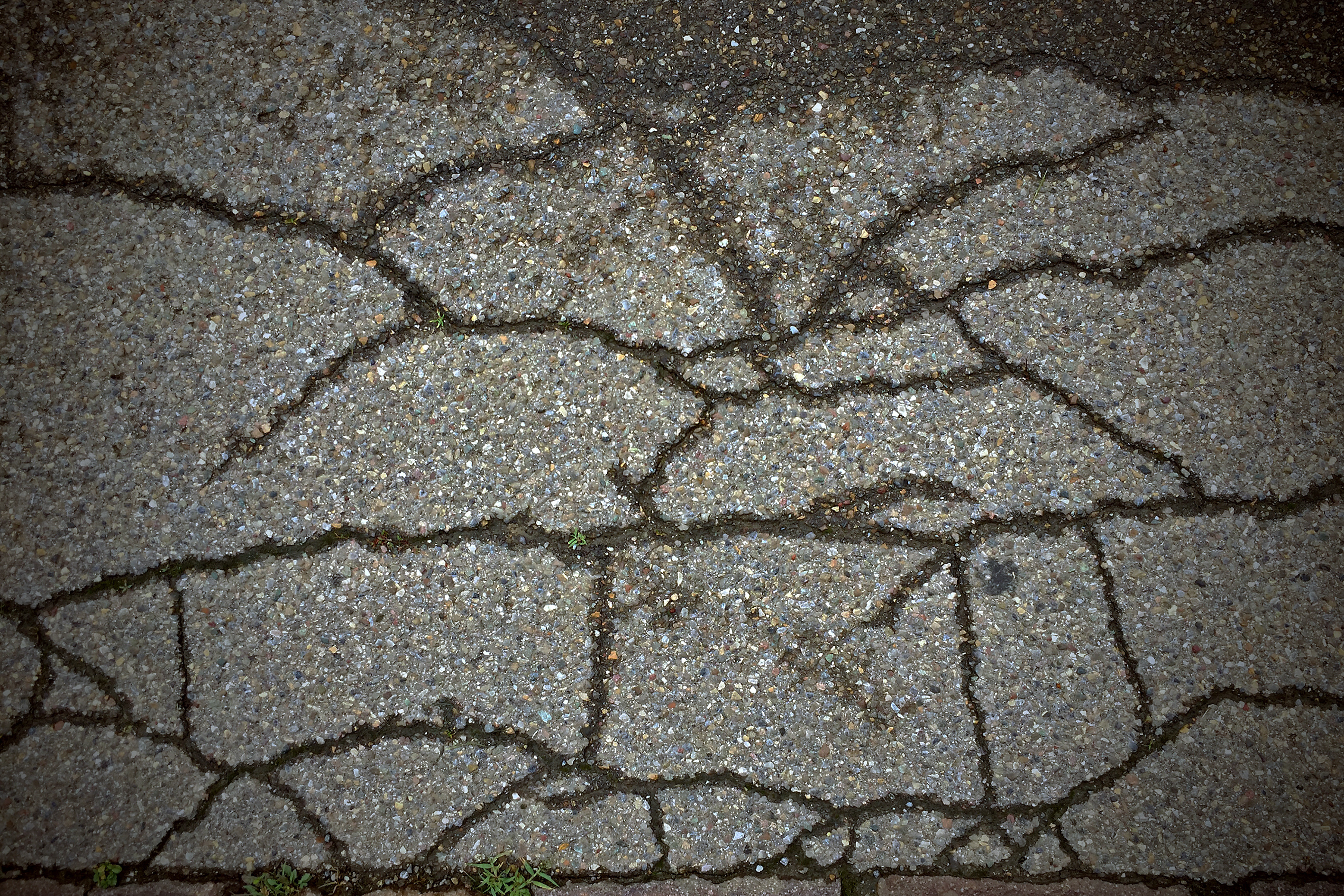CONTINUUM 3:
TO WORK IS TO MOVE (2020)
„(...)
To work is to move... but our moves. We have the fateful ability to imitate others; e. g. a mill wheel.
The real mill wheel, which turns, works: for turning is its movement, it is its full potential. The cat, too, works with its movements, it is completely present in them, leading them to its progress. And the children mostly. (...)“
Ludwig Hohl (The Notes or Of the not hasty reconciliation)
I can hardly think of a better description of what work is than these sentences.
But what exactly is Ludwig Hohl writing about?
But what exactly is Ludwig Hohl writing about?
He does not talk about the activities that promise a material livelihood within society and keep working human beings economically dependent. He also does not mean the kind of work that seems appropriate for people from the outside, that corresponds to training and skills and meets external demands and thus serves society most.
Ludwig Hohl speaks of the meaningful movements in the world that human beings freely choose and carry out according to their own will.
You have to be able to afford this choice. (Most people have no choice.) You also have to want that choice. (Many people who could afford it do not want to choose.)
People who radically only want to make those activities part of their life that they consider meaningful for themselves and for the world (regardless of the expectations or requirements of the environment) will come into conflict with the prevailing conditions - precisely at the place in society where they start working.
Such a human being was Ludwig Hohl.
"Human work that causes changes in the world, takes place in three stages. (…)
In a nutshell: the big idea, the small ideas, the small deeds.
(…)“
Ludwig Hohl (The Notes or Of the not hasty reconciliation)
© Fredi Hüberli



